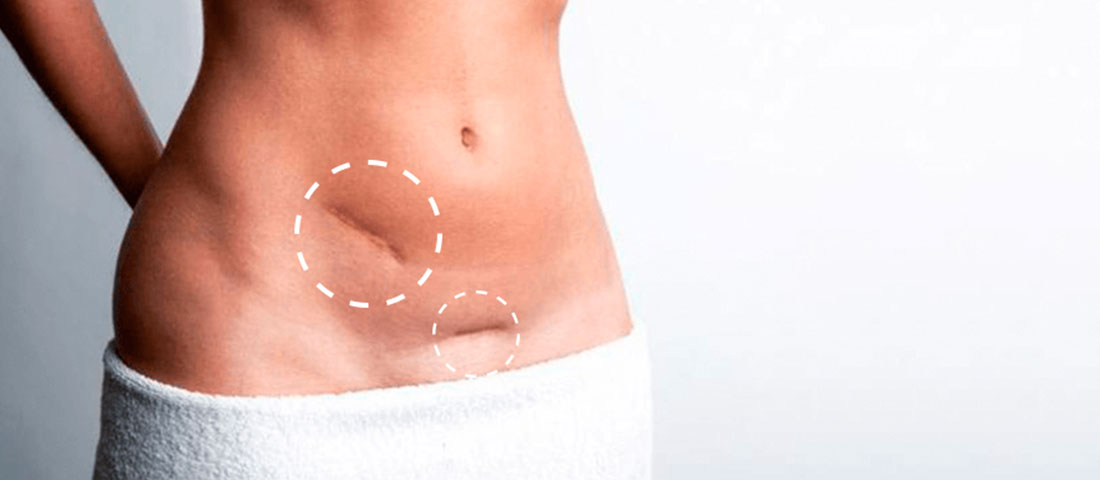Fat grafting is one of the latest plastic surgery techniques in the cosmetic industry. Although the process of using fat as a soft tissue filler has been tried from the 1950s, the actual procedure of using one’s own fat to improve or augment other body parts have come to use in recent times.
The wider approval of liposuction practised by plastic surgeons in Dubai has also helped fat grafting receive popularity among individuals looking to improve their looks. Even though it is a natural filling material used for improving one’s bodily features, a lot of doubt spring up regarding the procedure among the masses.
So here are a few key information about fat grafting, which can help you decide if it’s the right procedure for you or not.
Fat harvest and injection
Usually, the fat used for the grafting is harvested or collected from a part of your own body through liposuction. The part from where the fat is collected must have enough fat to be used for the grafting process.
People requiring facial grafting requires a smaller amount of fat while buttocks augmentation required larger amounts of fat. So the abdomen area is a natural choice for fat harvesting. However, an area that has undergone liposuction previously will be excluded as the fat here is usually of poor quality.
The injecting procedure is easily done on any part of the body like face, breast or buttocks which requires improvement or augmentation. This can be done as long as the recipient is healthy and has a normal blood supply.
The fat is injected and transplanted using small cannulas in a micrografting technique. These micro-tunnels filled with fat are crisscrossed throughout the area to be augmented, allowing the cells to have new blood vessels to grow in them.
Tissue match and survival
Like any other tissue in your body, fat is also specific to each individual. Hence you can only use your own fat as your body will reject and cause infection if another person’s fat is used. Tissue matching techniques used for organ transplant is not an option for fat tissue matching as of now.
People are also curious about freezing and keeping away their fat tissue for using later. Even though it is technically possible to freeze, store and thaw the fat, using it for grafting can increase chances of infection and hence is not recommended.
The grafted fat cells need time to adjust to your body and it’s the environment. These cells are very fragile and are loosely connected with your blood vessels. As they are harvested and injected back, they need to fit into sites where many blood vessels crisscross and get supplied with enough blood to nourish them.
The fat cells need oxygen and nourishment for keeping their volume and surviving in its new location.
Preparing the fat tissue for grafting
The fat harvested is not directly injected into your body. There is a preparation stage where the fat cells are concentrated by removing all extraneous fluids. Sometimes the fat is mixed with antibiotics or insulin to prevent infections.
Plastic surgeons also use platelet-rich plasma, which acts as growth factors to help nourish the fat cells upon grating.
Investing your time
Fat grafting can require from as little as 1 hour to more than 3 hours depending upon the areas where the grafting is done. The whole procedure of harvesting and injecting is done in a single sitting.
The recovery time also depends upon the area and size of the treated area. Face grafting will feel good right away with some swelling on your face that take a few days to one week for complete healing. In the case of buttocks grafting, the patient will feel good enough to move in just about 2 days after the procedure.
So, if you think fat grafting help you look and feel better, consult your plastic surgeon in Dubai today.
Who is an ideal candidate for fat grafting?
People who are keen on restoring a healthy and youthful facial appearance are ideal for a fat transfer or fat grafting procedure in Dubai. However, prior to undergoing fat transfer treatment, it is important for patients to have a realistic expectation of the results.
Where is the fat needed for fat grafting harvested from?
Prior to the fat transfer, areas like the hips, flanks and abdomen, where excess fat is found is considered as good locations for fat harvesting. These areas should not have been liposuctioned before. The areas must have a lot of fibrous tissue to ensure that taking the fat cells will not hamper the look of the harvest area.
Do all parts of the body respond similarly to a fat transfer?
No, they don’t. Areas that move a lot, like the lips and laugh lines will show unpredictable results and may take more than a few sessions to have a good result. All other areas of the body will respond well to a fat grafting procedure and give good results.
Does frozen fat work well for fat grafting?
Frozen fat is quite unpredictable in nature. If frozen fat is used for fat transfer procedure, chances for infections are quite high. Reputed cosmetic clinics like Hasan Surgery in Dubai harvests fresh fat and use it for the fat grafting procedure.
Are the results of fat grafting permanent?
Yes, they are. The results of a fat transfer procedure are more or less permanent. Unlike artificial fillers, the fat grafted to the new area becomes part of that area and therefore is not absorbed by the body. The area to which the fat grafting is done will show some permanent improvements which are attributed by growth factors that accompany the transplanted fat.




